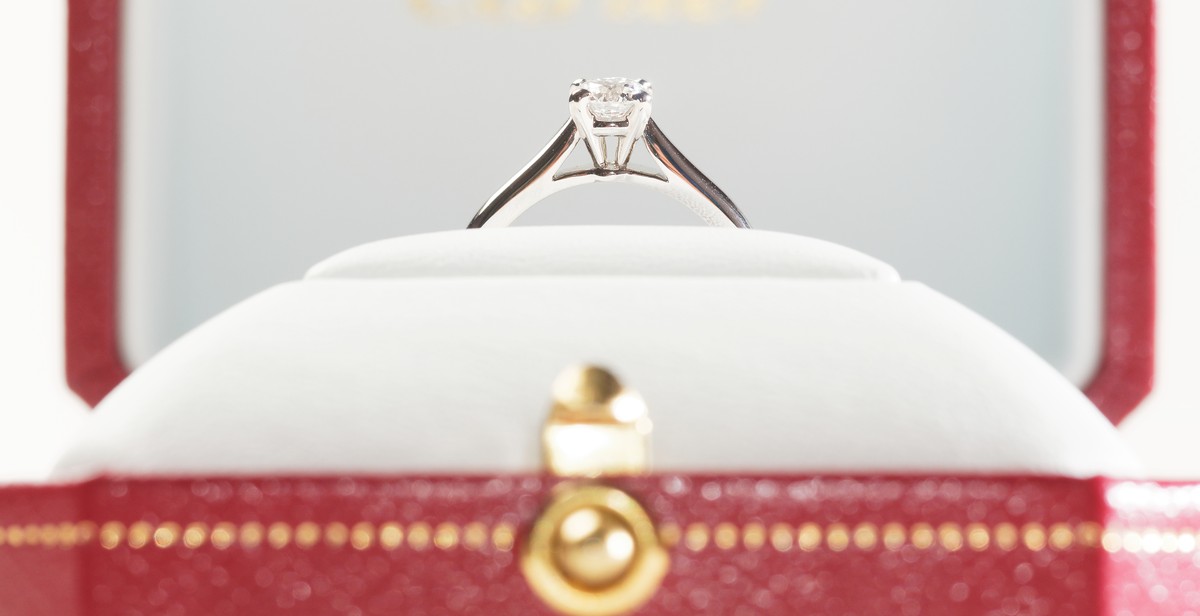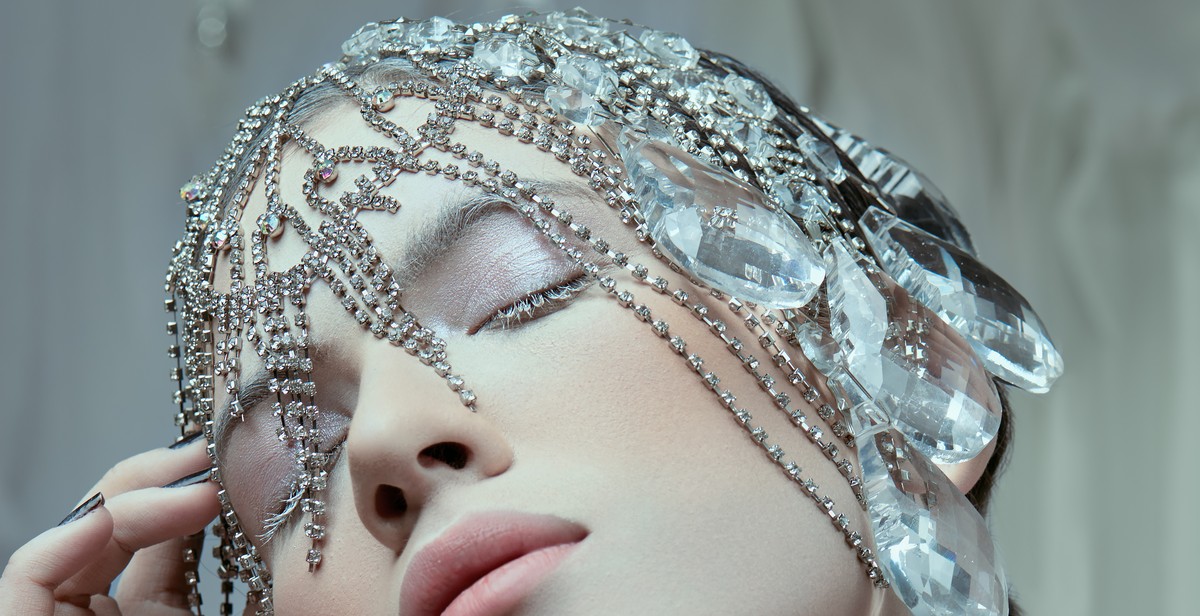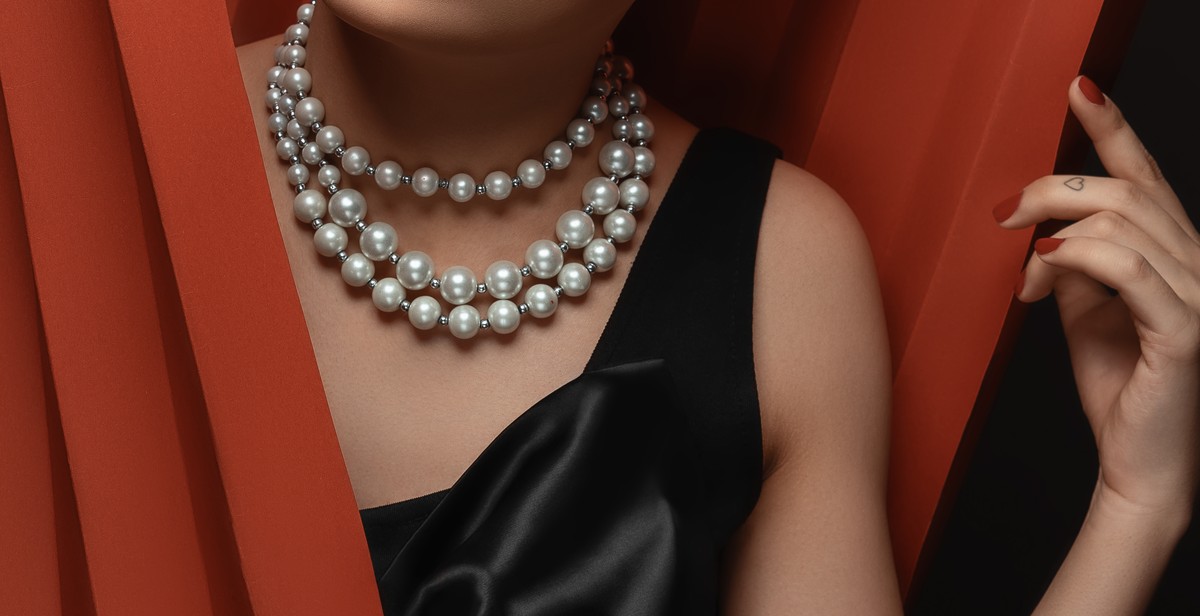The History of Iconic Jewelry Brands: From Cartier to Tiffany & Co.
Jewelry has always been a symbol of wealth, power, and prestige. For centuries, people have adorned themselves with precious stones and metals to show off their status and enhance their beauty. Over time, certain jewelry brands have become synonymous with luxury and elegance. From Cartier to Tiffany & Co., these iconic brands have a rich history that spans decades, if not centuries.
In this article, we will explore the history of some of the most well-known jewelry brands in the world. We will delve into their origins, their most famous pieces, and their impact on the industry. From the invention of the diamond engagement ring to the creation of the iconic Love bracelet, these brands have left an indelible mark on the world of jewelry.
CARTIER
Founded in France in 1847, Cartier quickly became a favorite of European royalty and aristocracy. The brand’s signature style was a blend of traditional craftsmanship and innovative design. Cartier was the first to use platinum in jewelry, which allowed for more intricate and delicate designs. The brand also popularized the use of colored gemstones, such as sapphires and emeralds, in their pieces.
TIFFANY & CO.
Founded in New York City in 1837, Tiffany & Co. is perhaps best known for their iconic blue box and diamond engagement rings. The brand’s founder, Charles Lewis Tiffany, was a pioneer in the jewelry industry, introducing new styles and techniques that revolutionized the way people thought about jewelry. Tiffany & Co. was the first American company to use the 925/1000 sterling silver standard, and they were also responsible for popularizing the use of platinum in jewelry.
Join us on a journey through time as we explore the fascinating history of these iconic jewelry brands and the impact they have had on the world of fashion and luxury.

Cartier: A Royal Legacy
Cartier is a French luxury jewelry brand that has been synonymous with royalty and aristocracy since its establishment in 1847. The brand was founded by Louis-Francois Cartier, who took over his master’s workshop and eventually transformed it into a global brand.
The Beginning of Cartier
The story of Cartier began when Louis-Francois Cartier took over his master’s workshop in Paris in 1847. He started creating jewelry pieces that were known for their exceptional craftsmanship and unique designs. His work quickly caught the attention of the French aristocracy, and he soon became the go-to jeweler for the elite.
In 1853, Cartier moved to a larger workshop in Paris and expanded his business. He continued to create exquisite jewelry pieces that were inspired by nature, Eastern art, and architecture. His designs were ahead of their time and soon became the talk of the town.
The Rise of Cartier as a Global Brand
Cartier’s success in France led to the opening of his first international store in London in 1902. The brand continued to expand, and by the 1920s, it had stores in New York and Moscow. The brand’s popularity grew, and soon, it became the go-to jeweler for the rich and famous around the world.
Cartier’s innovative designs continued to set the brand apart from its competitors. The brand introduced new materials such as platinum and colored gemstones, which were not commonly used in jewelry making at the time. Cartier’s designs were also influenced by the Art Deco movement, which was popular in the 1920s and 1930s.
The Legacy of Cartier
Cartier’s legacy is one of innovation, creativity, and luxury. The brand has created some of the most iconic jewelry pieces of all time, including the Cartier Love Bracelet, the Tank watch, and the Trinity ring. The brand’s jewelry has been worn by royalty, celebrities, and influential figures throughout history.
Today, Cartier continues to be a leading luxury jewelry brand, known for its exceptional craftsmanship, innovative designs, and timeless elegance. The brand’s legacy lives on, and it continues to inspire and influence the world of jewelry making.

Tiffany & Co.: A Cultural Icon
Tiffany & Co. is an iconic American luxury jewellery brand that has been around since 1837. Founded by Charles Lewis Tiffany and John B. Young, the company began as a stationary and fancy goods store in New York City. It wasn’t until 1853 that the company started selling fine jewellery, and by 1868, Tiffany & Co. had become the premier jeweller in the United States.
The Early Years of Tiffany & Co.
During the early years, Tiffany & Co. was known for its innovative designs and use of high-quality materials. The company was the first to introduce the .925 sterling silver standard, which is still used today. In addition, Tiffany & Co. was responsible for popularizing the use of the diamond engagement ring, which has become a cultural icon.
One of the company’s most famous pieces is the Tiffany Yellow Diamond, a 128.54-carat canary yellow diamond that was purchased by Charles Lewis Tiffany in 1877. The diamond has become a symbol of the company’s commitment to excellence and innovation in jewellery design.
Tiffany & Co. in the 20th Century
During the 20th century, Tiffany & Co. continued to expand its product offerings and expand its reach globally. The company opened stores in London, Paris, and Tokyo, and became known for its timeless designs and use of high-quality materials.
One of the company’s most famous pieces from this era is the Tiffany Setting engagement ring, which was introduced in 1886. The ring features a single diamond set in six prongs, which allows for maximum light to enter the stone and create a stunning sparkle.
Tiffany Today
Today, Tiffany & Co. is still known for its timeless designs and commitment to excellence. The company has expanded its product offerings to include watches, home goods, and accessories, but its jewellery remains its most iconic product.
In 2020, Tiffany & Co. was acquired by French luxury goods conglomerate LVMH, which is expected to bring new resources and opportunities to the iconic jewellery brand.
| Founded | 1837 |
|---|---|
| Headquarters | New York City, USA |
| Founders | Charles Lewis Tiffany and John B. Young |
| Most Famous Pieces | Tiffany Yellow Diamond, Tiffany Setting engagement ring |

Bulgari: The Italian Jeweler
Bulgari is an Italian jewelry brand that was founded in 1884 by Sotirios Voulgaris. The brand started as a small jewelry shop in Rome, Italy, and has now become one of the most renowned luxury jewelry brands in the world.
The Origins of Bulgari
Sotirios Voulgaris was a Greek immigrant who moved to Italy in search of a better life. He started his jewelry business in Rome, where he quickly gained a reputation for his exquisite craftsmanship and unique designs. His first store was located on Via Sistina, and it was there that he started to build his legacy.
Bulgari’s designs were a blend of traditional Greek and Roman motifs, combined with Italian Renaissance influences. The brand became popular among the elite, and soon Bulgari was designing jewelry for royalty and celebrities. The brand’s signature style is bold, colorful, and glamorous, and it has become synonymous with luxury and elegance.
Bulgari in the Fashion World
Bulgari’s jewelry has been featured in some of the most iconic fashion moments in history. The brand has collaborated with some of the most renowned fashion designers, including Valentino and Alexander McQueen. Bulgari’s jewelry has also been worn by some of the most famous celebrities, including Elizabeth Taylor and Audrey Hepburn.
Bulgari’s influence in the fashion world extends beyond jewelry. The brand has also expanded into the world of watches, accessories, and fragrances. Bulgari’s watches are known for their precision and elegance, while their accessories are a perfect complement to their jewelry. Bulgari’s fragrances are also highly coveted, with their unique scents capturing the essence of Italy.
The Future of Bulgari
Bulgari’s future looks bright, with the brand continuing to innovate and expand. The brand has recently launched a new line of high-end handbags, which have been well received by the fashion world. Bulgari has also embraced sustainability, with the brand committing to using ethically sourced materials and reducing its carbon footprint.
Overall, Bulgari’s legacy as a luxury jewelry brand is set to continue for generations to come. With its unique style, exquisite craftsmanship, and commitment to innovation, Bulgari is a brand that will continue to captivate and inspire.

Harry Winston: The King of Diamonds
Harry Winston, also known as the “King of Diamonds,” was a legendary figure in the world of jewelry. He was born in 1896 in New York City and started his career in the jewelry business at a young age. He quickly gained a reputation for his exquisite taste and attention to detail, and his designs soon became sought after by wealthy clients around the world.
The History of Harry Winston
Harry Winston founded his eponymous jewelry brand in 1932, at the height of the Great Depression. Despite the economic challenges of the time, Winston was determined to create jewelry that was both beautiful and timeless. His designs were inspired by the natural world, and he often used rare and precious gemstones in his creations.
One of Winston’s most famous acquisitions was the Hope Diamond, which he purchased in 1949. The 45.52-carat blue diamond had a long and storied history, and Winston was determined to give it the recognition it deserved. He exhibited the diamond around the world, donating it to the Smithsonian Institution in 1958, where it remains on display today.
The Legacy of Harry Winston
Harry Winston passed away in 1978, but his legacy lives on through his eponymous jewelry brand. Today, Harry Winston is known for its exquisite diamond jewelry, including engagement rings, necklaces, bracelets, and earrings. The brand is also known for its high-profile collaborations, including partnerships with the Metropolitan Museum of Art and the Academy Awards.
Harry Winston’s commitment to excellence and his passion for rare and precious gemstones continue to inspire the brand today. Whether you’re looking for a show-stopping diamond engagement ring or a stunning statement necklace, Harry Winston is the ultimate destination for luxury jewelry.
![]()
Conclusion
In conclusion, the history of iconic jewelry brands is rich and fascinating, spanning centuries and continents. From the opulent designs of Cartier to the classic elegance of Tiffany & Co., these brands have left an indelible mark on the world of jewelry.
One of the key takeaways from this exploration is the importance of innovation and creativity in the jewelry industry. Brands that have been able to stay relevant and successful over the years have done so by constantly pushing boundaries and experimenting with new materials and styles.
Another notable theme is the role of craftsmanship in the jewelry world. Many of the most iconic pieces produced by these brands were created by skilled artisans who spent countless hours perfecting their craft. This dedication to quality and attention to detail is what sets these brands apart from others in the industry.
Overall, the history of iconic jewelry brands is a testament to the enduring appeal of fine jewelry. Whether you’re a collector or simply appreciate beautiful design, there is something truly special about these brands and the pieces they produce.
- From Cartier to Tiffany & Co., these brands have left an indelible mark on the world of jewelry
- Brands that have been able to stay relevant and successful over the years have done so by constantly pushing boundaries and experimenting with new materials and styles
- The dedication to quality and attention to detail is what sets these brands apart from others in the industry
So whether you’re looking to invest in a timeless piece of jewelry or simply admire the beauty and craftsmanship of these iconic brands, there is no denying the enduring appeal of fine jewelry.

